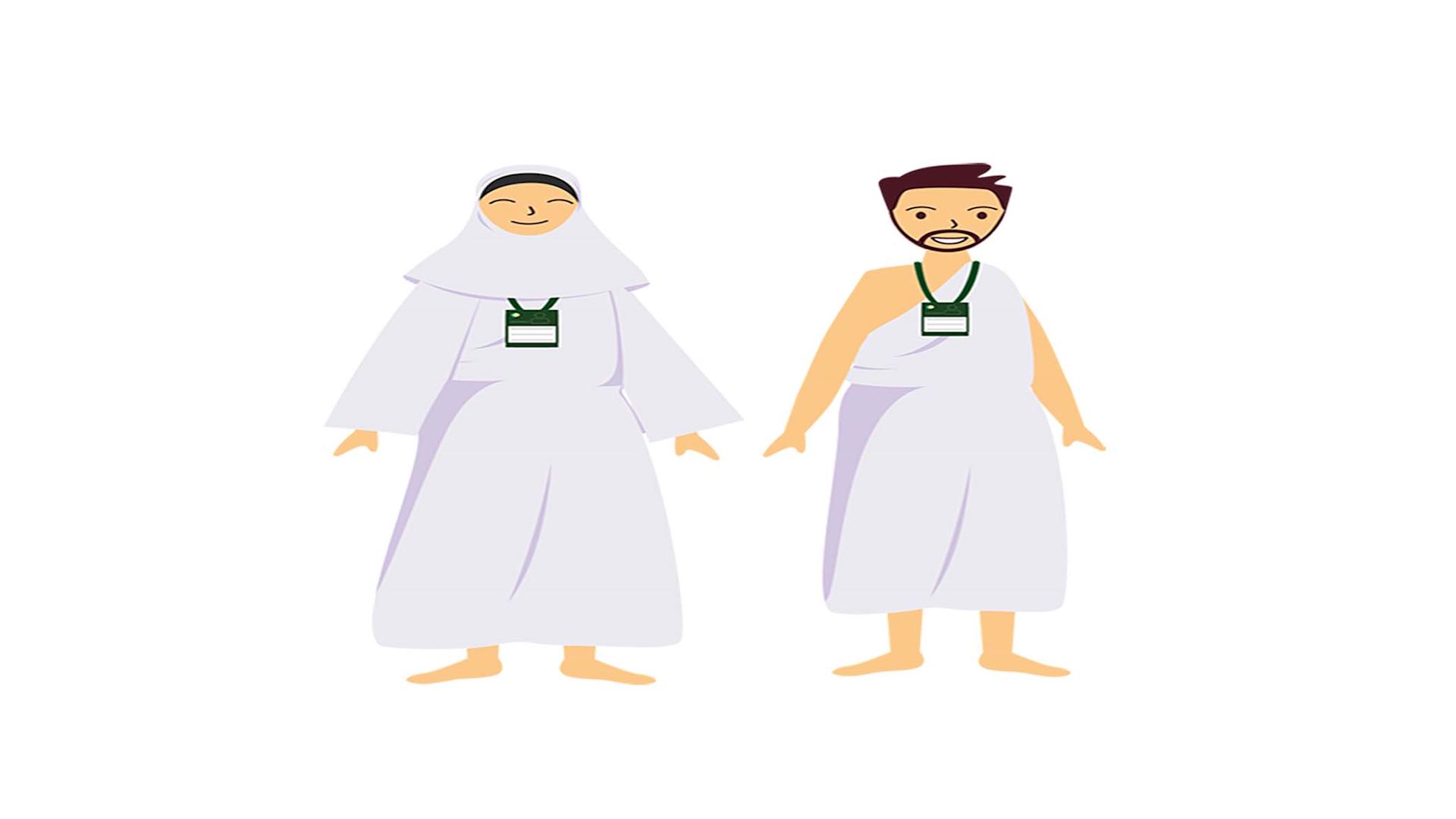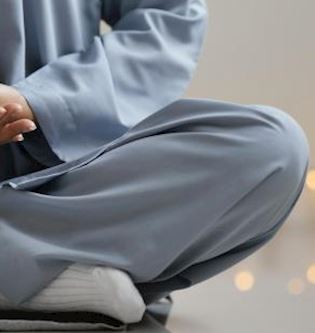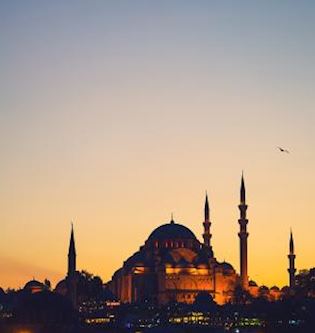Ihram: A step-by-step guide to the Rules and Rituals of Hajj
What is the state of Ihram?
The spiritual aspect of Hajj begins with learning about the rituals of Hajj. An important ritual of hajj is entering the state of Ihram- which is unlike anything else you go through in your life.
Why is the state of Ihram Important?
Ihram is a sacred state of purity that signifies equality among all pilgrims in Allah's eyes. This state is marked by specific clothing and intention made for the act of worship whether you are doing Hajj or Umrah. This change of clothes is made at the boundary point separating ordinary Muslims from pilgrims- is called miqat. One wears an ihram once they reach the point of miqat, whether they are traveling by plane or road. You cannot get into the state of Ihram before the point of miqat if you are traveling for Hajj or Umrah.

What are the rules of Ihram for men?
For men, the ihram consists of two seamless white sheets of cloth, one wrapped around the waist, known as Izar, and the other draped over the left shoulder, known as rida. Also, for men, the right shoulder must be bare in the state of Ihram, and no undergarments are permitted.
What are the rules of Ihram for women?
On the other hand, while the attire for women does not have any specific requirement, it should be loose-fitting and breathable, ensuring full body coverage while allowing for unimpeded movement. It is crucial that the garments are devoid of embellishments of any sort and are plain- while they can be any color- women often wear white or black to blend in.
Can women cover their hands and face in the state of Ihram?
For the state of Ihram, women must not cover their faces with a Niqab or wear gloves.
Can women wear adornments in Ihram?
Women cannot wear any adornments, perfumes, or makeup.

Can women wear Ihram even if they begin menstruating?
Narrated by Hazrat 'Aisha:
“ ‘That the Prophet entered upon her when she had her menses at Sarif before entering Mecca, and she was weeping (because she was afraid that she would not be able to perform the Hajj). The Prophet said, "What is wrong with you? Have you got your period?" She said, "Yes." He said, "This is a matter Allah has decreed for all the daughters of Adam, so perform all the ceremonies of Hajj like the others, but do not perform the Tawaf around the Ka'ba." 'Aisha added: When we were at Mina, beef was brought to me, and I asked, "What is this?" They (the people) said, "Allah's Messenger has slaughtered some cows as sacrifices on behalf of his wives.’”
[Bhukari 68, Number 466]
According to this hadith, menstruation does not mean that a woman cannot enter the ihram. So, a menstruating woman should enter the ihram and do everything that other pilgrims do, apart from tawaf around the Ka’bah. She should delay tawaf until she becomes pure (i.e., until her period ends).
If a woman delays ihram and passes the miqat-in fear of her menstruation- then she must go back to the point of miqat and enter into the state of Ihram.
Women on menstruation should ensure they have a change of clothes and all things necessary to stay active and clean for the duration of Hajj or Umrah.
What are the steps of Ihram?
- Cut your nails, remove or trim any hair.
- Do ghusl(bath)
- Put on your Ihram
- Offer nafl.
- Make your intention for Hajj/Umrah
- And begin making talbiyah
After getting into the state of Ihram, you can perform Tawaf of arrival and do Sa’i- walking and running between Safa and Marwa- but it is not obligatory to do in the beginning but you must do it before finishing Hajj.
Once you have worn your Ihram, you are bound by its rules until the end of Hajj.
The next step would be the journey to Mina, followed by the journey to Arafah, which includes the journey to Muzdalifah. The third day of Hajj is Day of Rami, followed by Eid ul Adha, only for the journey of Rami and Mina to repeat itself in the journey back to Mecca ending the 5th day of Hajj with tawaf al wida. These journeys are tedious and physically draining, thus you preplan to be physically fit for Hajj.















